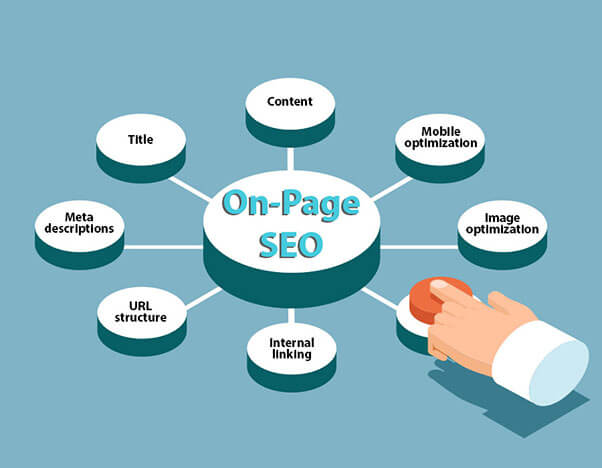How Small Businesses Can Use AI for Smarter Marketing
In today’s fast-paced digital landscape, it is imperative to use artificial intelligence (AI) for smarter marketing, and it is no longer reserved for big corporations. Small businesses can now leverage AI to enhance their marketing efforts, improve customer engagement, and drive sales—without needing a big budget. If you’re a small business owner looking to work smarter, not harder, this guide will show you how AI can transform your marketing.
1. AI-Powered Personalization
One of the biggest advantages of AI in marketing is its ability to personalize customer experiences. Gone are the days of generic marketing messages—AI enables small businesses to tailor their content based on customer behavior and preferences.
How to use it:
AI-driven tools like ChatGPT, Jasper, or Copy.ai can generate personalized email campaigns based on past customer interactions.
AI chatbots (e.g., ManyChat, Drift) can provide instant customer support and suggest relevant products.
Why it matters: Customers are more likely to engage with content that feels personal, which leads to higher conversion rates and customer loyalty.

2. Automating Social Media Management
Social media is essential for small businesses, but managing multiple platforms can be overwhelming. AI can help streamline social media efforts by automating content creation, scheduling, and engagement.
How to use it:
Social media scheduling tools (e.g., Buffer, Hootsuite, Publer) use AI to determine the best times to post.
AI-powered design tools (e.g., Canva’s Magic Resize, Adobe Sensei) can help create visually appealing graphics in seconds.
Chatbots for social media (e.g., MobileMonkey) can automatically reply to messages and comments, improving engagement.
Why it matters: By automating these tasks, you save time while ensuring your social media presence remains active and engaging.

3. AI for Smarter Marketing Ads
AI has revolutionized digital advertising, making it easier for small businesses to run cost-effective campaigns.
How to use it:
Google Ads & Facebook Ads use AI to optimize targeting and bid strategies, ensuring better ROI.
AI-powered ad creation tools (like Adzooma) help small businesses design and optimize ads.
Predictive analytics (found in tools like HubSpot) help forecast which campaigns will perform best.
Why it matters: AI removes the guesswork from advertising, helping small businesses reach the right audience with the right message—without wasting money.

4. AI for Better Customer Insights
Understanding customer behavior is key to effective marketing. AI-driven analytics tools can help small businesses track customer trends and improve decision-making.
How to use it:
Google Analytics 4 provides AI-driven insights into website traffic and user behavior.
AI sentiment analysis (e.g., MonkeyLearn) scans social media and customer reviews to understand brand perception.
CRM tools (e.g., Salesforce, Zoho) use AI to predict which leads are most likely to convert.
Why it matters: Data-driven insights allow small businesses to refine their marketing strategies and target the right customers more effectively.

5. AI for Content Creation
Creating content consistently can be challenging, but AI tools can help small businesses produce high-quality blogs, captions, and videos.
How to use it:
AI writing tools (e.g., Jasper, Writesonic) help generate blog ideas and draft content.
AI video tools (e.g., InVideo, Veed, Hedra) create engaging videos using simple scripts and AI avatars.
AI image tools (e.g., Leonardo, RenderNet, and Freepik) assist in generating high-quality visuals for marketing materials.
AI tools directory (e.g., AIToolsDirectory.com) provides a comprehensive list of AI-powered solutions for small businesses.
Why it matters: With AI, small business owners can maintain an active content strategy without hiring a full-time content team.

Final Thoughts
AI is no longer a futuristic concept—it’s an accessible, powerful tool that can help small businesses compete and grow. Whether you’re looking to personalize customer experiences, automate social media, optimize ads, gain customer insights, or create better content, AI has something to offer.
Next Steps:
- Identify which AI-powered tools align with your business needs.
- Start small—test AI features in your marketing before fully integrating them.
- Keep learning! AI is constantly evolving, and staying updated will keep you ahead of the competition.
By embracing AI, small businesses can market smarter, not harder, and focus on what truly matters—growing their business and serving their customers.
















